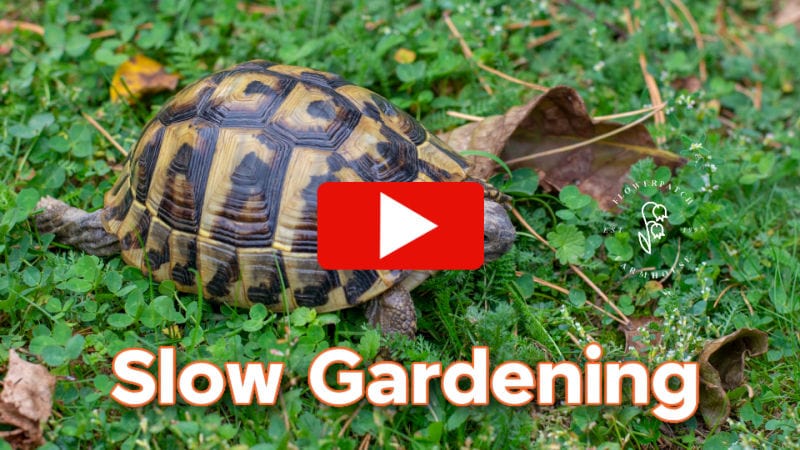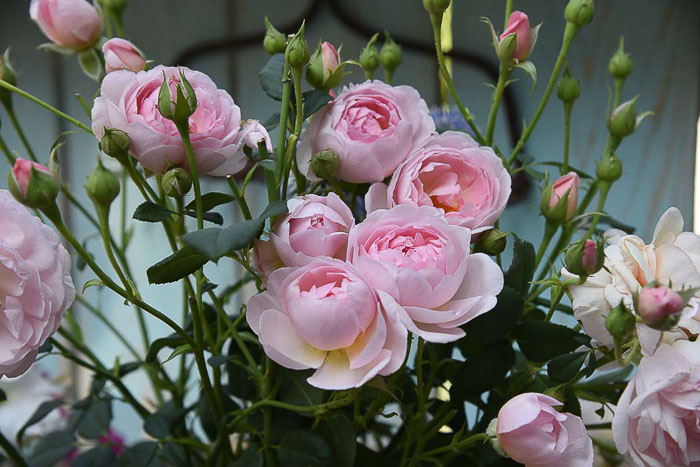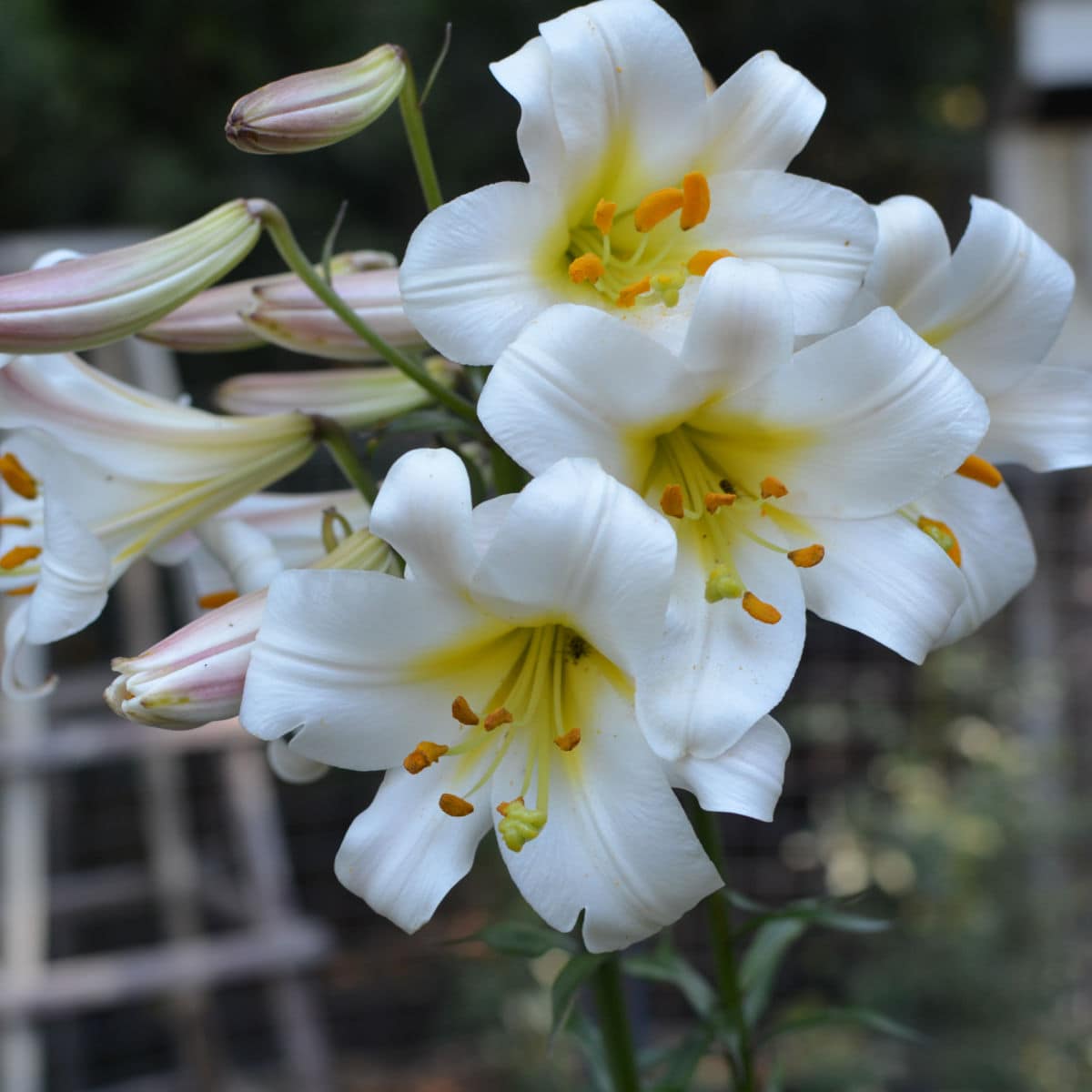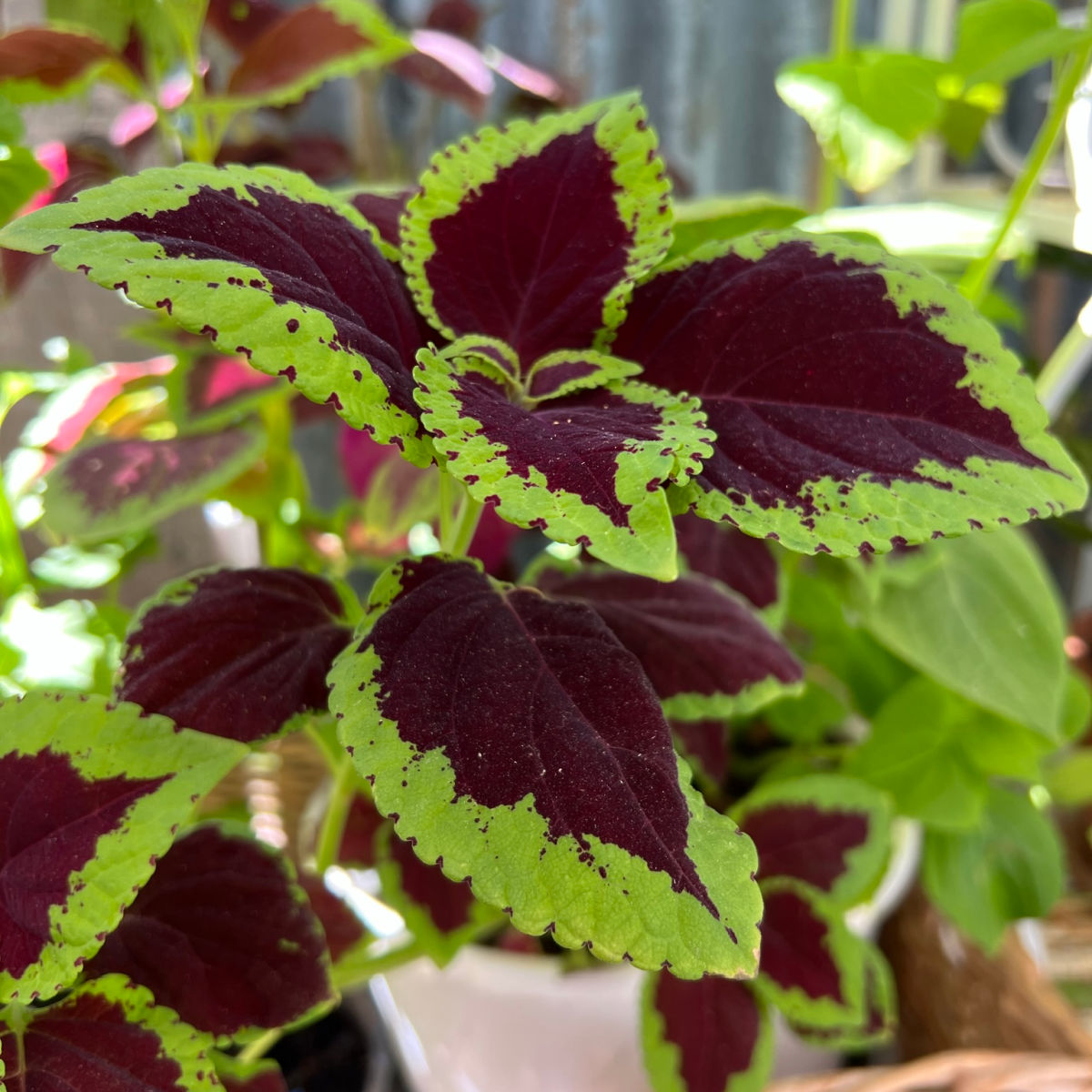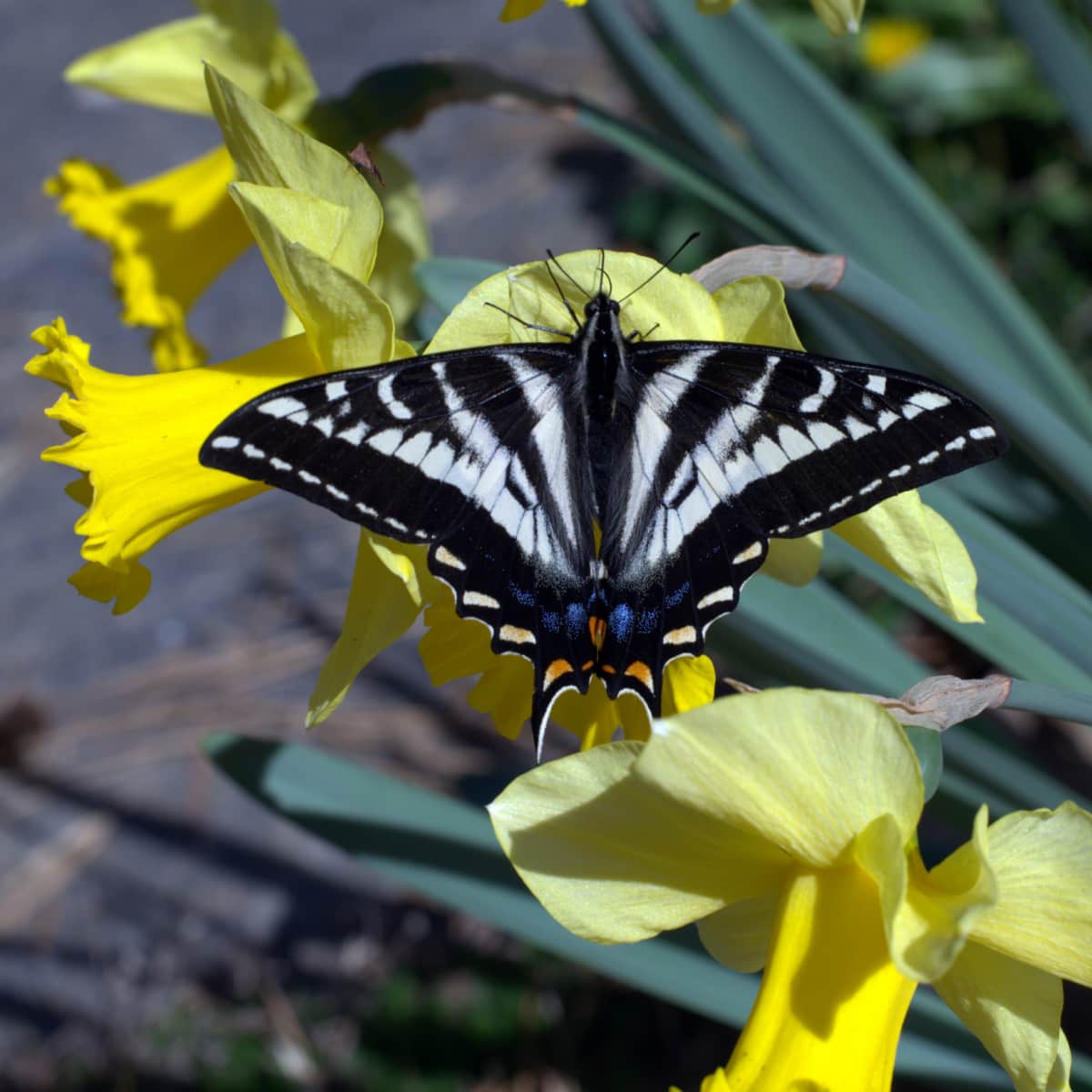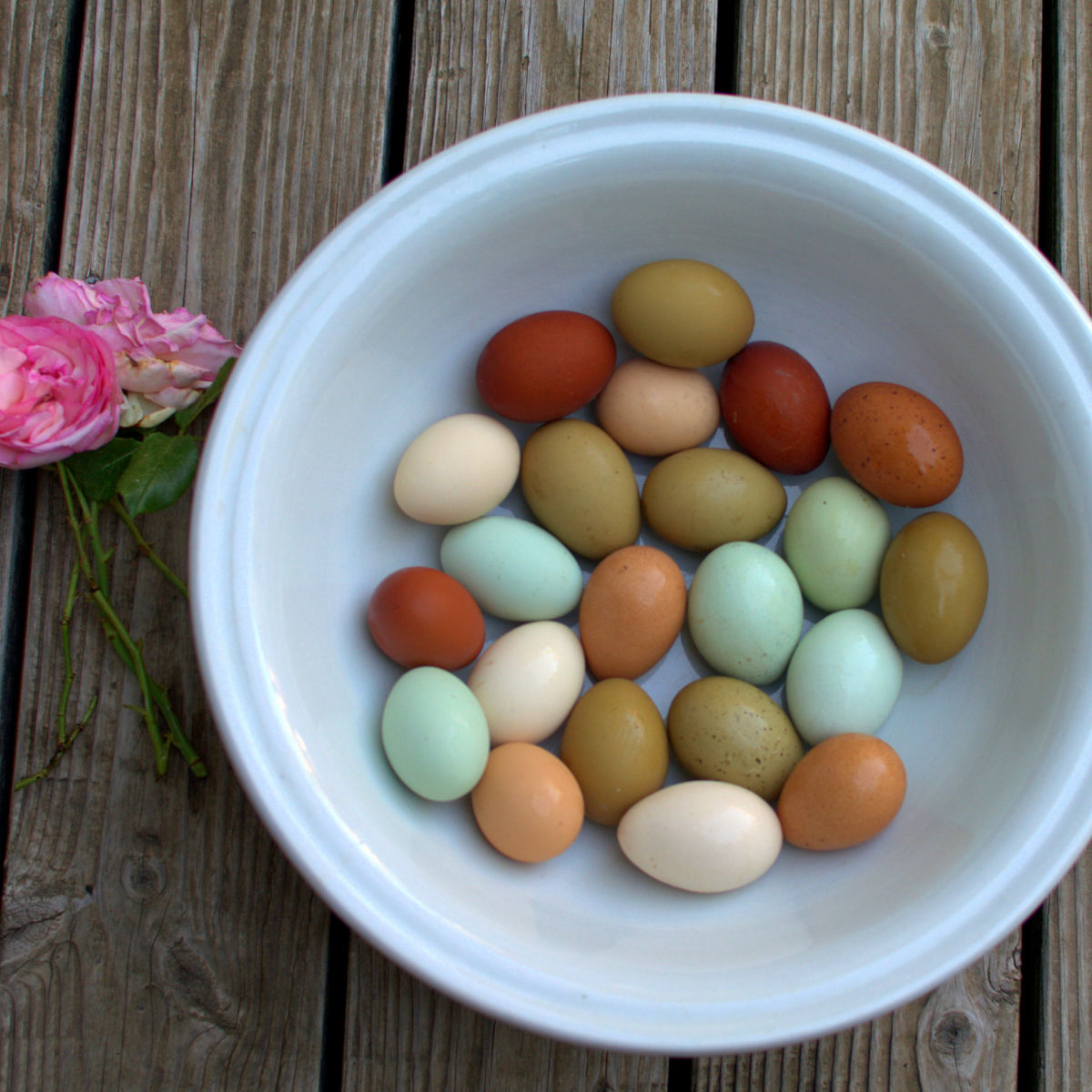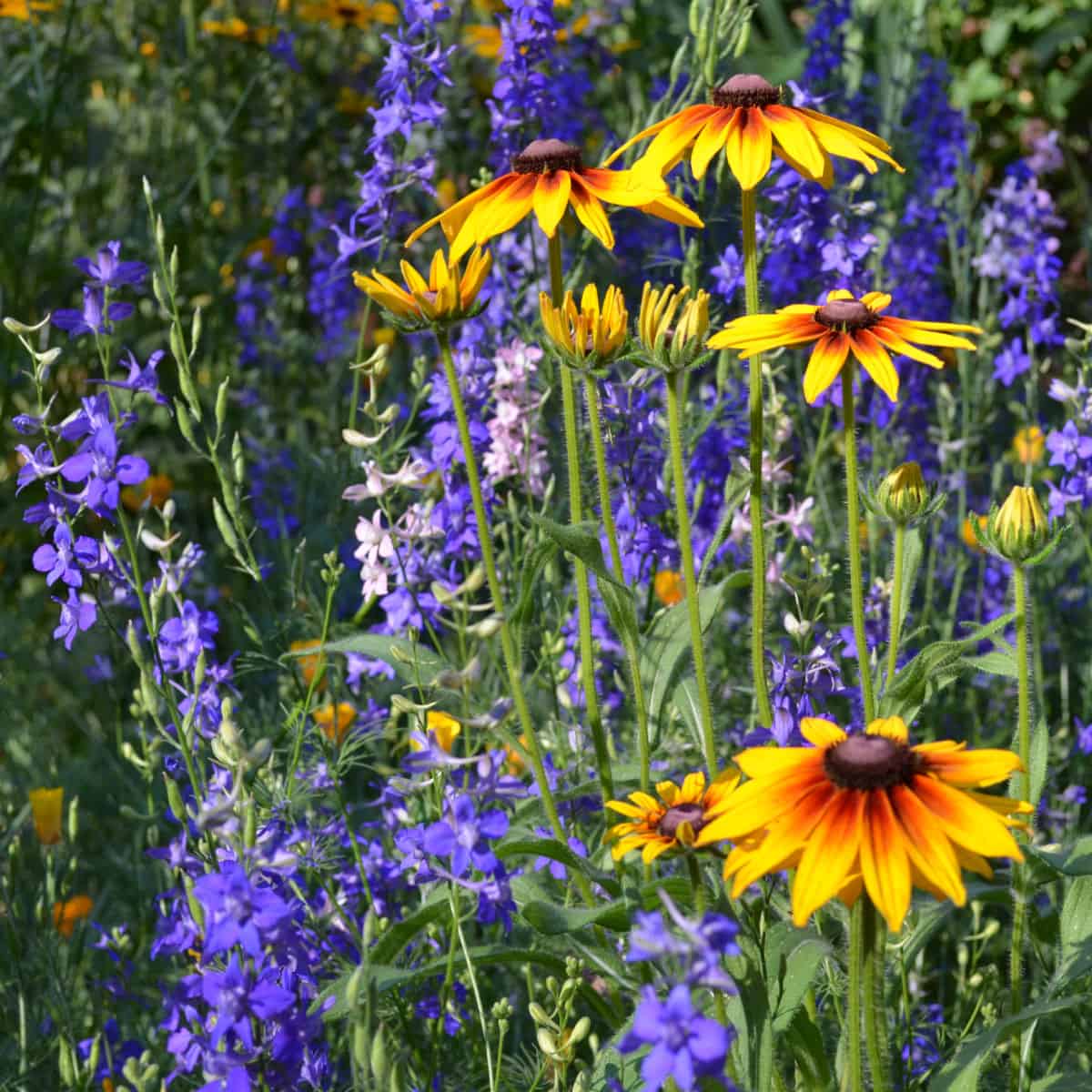Slow Gardening: How to Put the “Gardening” Back in Gardening
Have you heard of Slow Gardening? Lately, gardening is not typically something that people take their time with.
I have watched some popular garden vloggers and influencers and they want it all done now, buying the latest hybrid plants, using bags of fertilizers, quick-starting additives etc. It feels like we are being pushed to get things done fast and see results right away.
That push for instant gratification robs you of the real joy of gardening. There is a way to slow down and savor every aspect of being in your garden.
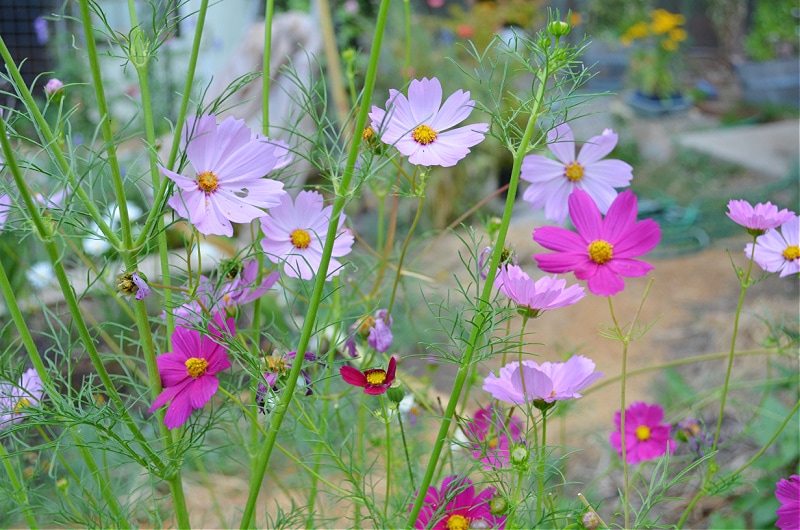
Enter slow gardening! It’s a method that emphasizes taking your time and enjoying the process rather than stressing over the outcomes.
Slow gardening isn’t just about growing plants; it’s also about connecting with nature and developing sustainable practices.
Let’s discover more about it and how beneficial it is for the planet and us!
What is Slow Gardening?
Slow gardening is a method of gardening that emphasizes patience and taking time to appreciate all facets of the process.
This approach encourages gardeners to focus on soil health, biodiversity, plant selection, and overall sustainability instead of rushing through tasks or trying to force results.
stop fertilizing
Regenerate Your Soil Instead
Why do we need to learn how to regenerate soil instead of fertilizing it? Because it is a better way to garden for the environment and our budget!
It also focuses on working with nature, not against it.
We want to create an environment that is welcoming for wildlife such as birds, butterflies, bees, and other beneficial insects.
Slow gardening is all about taking your time and being mindful as you work in your garden.
This garden technique leans into creating gardens with plants that require less maintenance.
Slow gardeners prefer earth-friendly methods such as mulching, planting cover crops, companion planting, ground covers, and using natural pest control methods.
The goal of this type of gardening is to create an ecosystem where plants can coexist without needing much human intervention. Don’t worry, it is easier than it sounds!
The Benefits of Slow Gardening
There are many benefits to slowing down when it comes to gardening.
For starters, taking your time allows you to really appreciate nature for all its beauty.
You can take in the sights, sounds, smells, and textures of your garden without feeling rushed or overwhelmed by tasks that need completing.
Create a Sensory Garden
Create a Sensory Garden
Such a garden is not merely a feast for the eyes but a sanctuary that nurtures the soul, fosters a connection with nature and promotes well-being.
Additionally, when you slow down you are more likely to notice things like pests or diseases early on so they can be dealt with before they become major problems.
Finally, by being present while you work in your garden you will be more likely to notice what plants pair well together, grow well for you or where new plants should go based on light exposure or soil conditions.
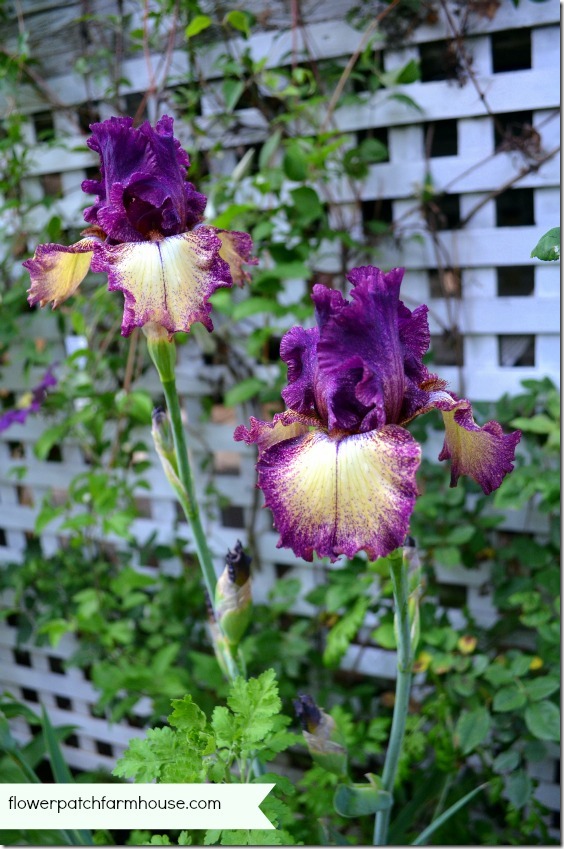
This in turn reduces the amount of work required to maintain your garden.
By allowing nature to do its job in your garden, you save yourself time and free yourself up to sit and enjoy the beauty you have surrounding you.
In addition to saving you time in the long run, slow gardening also encourages healthier soil which leads to healthier plants overall.
When you garden with nature instead of against it, everyone wins. The earth, the wildlife, and you. It takes the stress out of having a garden.
Practicing Slow Gardening
When practicing slow gardening some key practices can help make it successful.
First off, soil health should be a top priority; healthy soil means healthy plants! Healthy plants are more resistant to pests and diseases.
Additionally, using organic amendments such as compost or mulch can build up the soil while reducing weeds at the same time.
Mulching around plants helps retain moisture during dry periods which also reduces water usage, something very important here in drought-ridden. California
All the best tips & Tricks
How to Keep Weeding Easy!
How to weed a garden without spending all weekend at it! Weeds are a real pain and can seem to take over your garden within days. However, there’s no need to get frustrated or give up on gardening!
Another important practice is selecting plants carefully; choosing plants that thrive in your climate and growing conditions both native and non-native.
Walk around your neighborhood, and take note of what is growing well for others. Look up a local garden club and chat with some members about their experiences.
There are so many ways to learn what grows well in your area and remember, knowing your gardening Zone is only part of the equation.
Also, try growing plants from seed. It is vastly rewarding and easier than you may realize. Watching your plants start from a tiny seed to a full-grown specimen takes time but is so satisfying.
Winter Sowing is one easy way to try starting plants from seed! You should try it.
What Harm is There in “Fast” Gardening?
Buying fully grown plants is harder on the environment, not only do they use a lot of plastics, fertilizers, and diminishing resources but they need to be shipped long distances, none of which is earth-friendly.
Did you know you can start plants from cuttings? For more information see my Plant Propagation Page.
So if you want to put the enjoyment back into gardening then try out slow gardening!
By slowing down during each task in your garden you will be able to truly appreciate nature while still getting things done efficiently and effectively.
Plus, you’ll have plenty of time left over for other activities such as wildlife watching or simply sitting back and admiring your plants’ beauty!
I highly recommend adding a comfy bench or chairs to your garden space to sit and just be. Maybe a side table to hold your refreshing beverage.
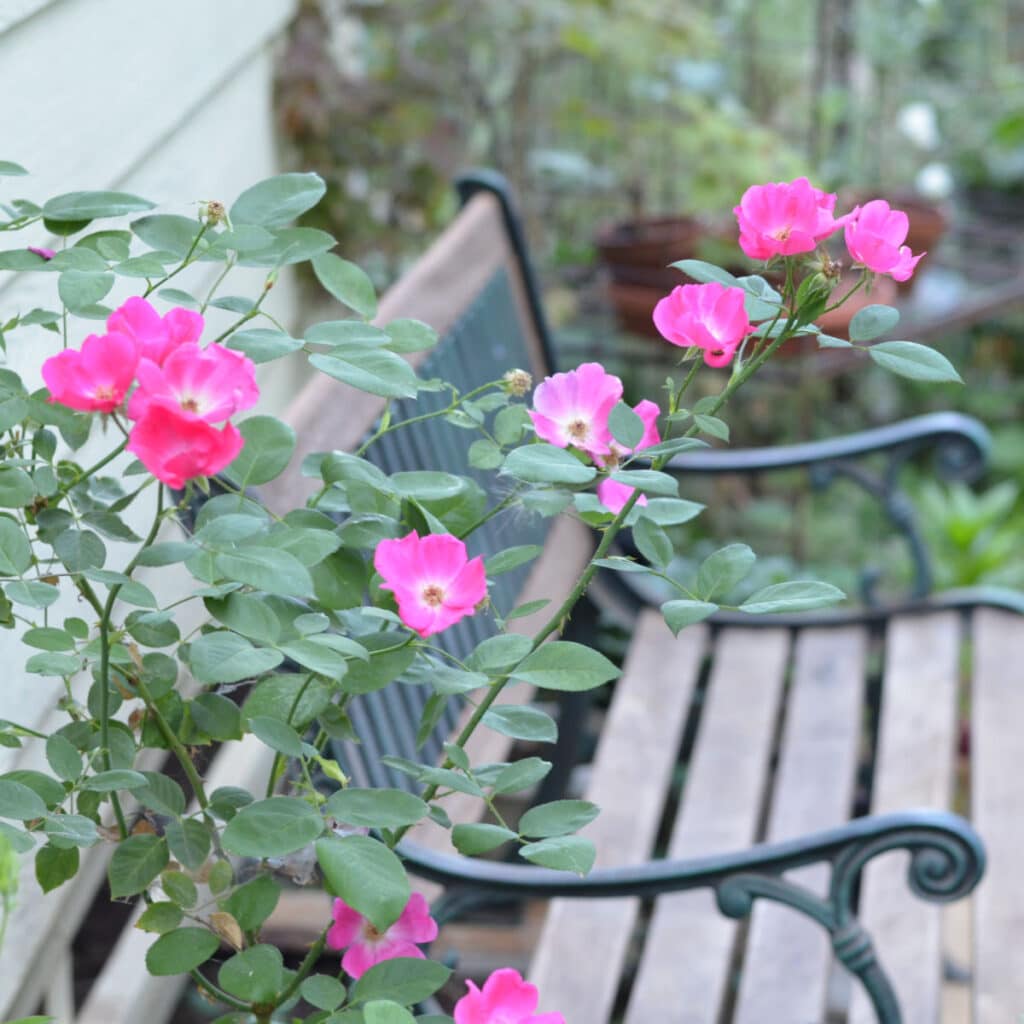
There’s no better way than slow gardening to get the most out of your efforts and truly enjoy the real satisfaction of nurturing a garden. So join me in this fantastic method of creating your little piece of paradise.
I wish you Happy Slow Gardening!
Quote by Monty Don
“slow gardening is subtle and considerate, gently steering and nurturing the garden rather than bullying it into some kind of chorus-line display.”
